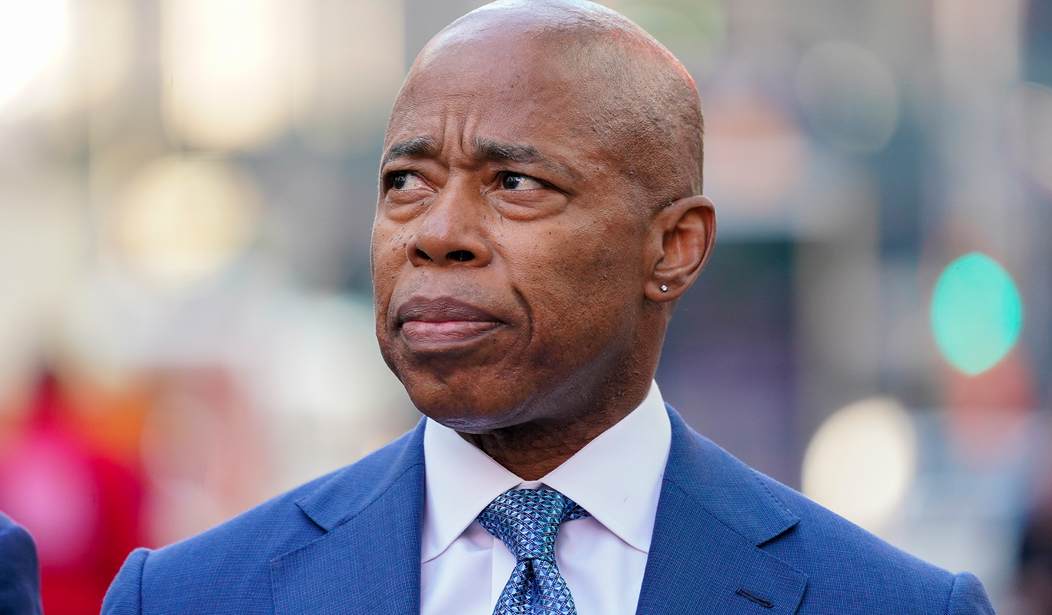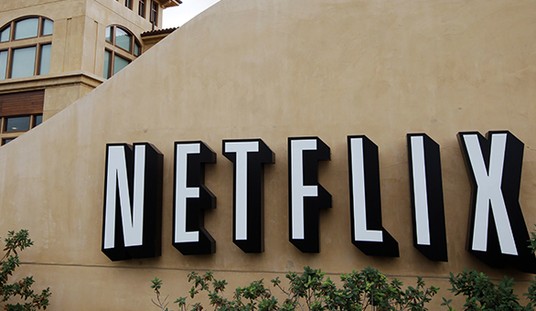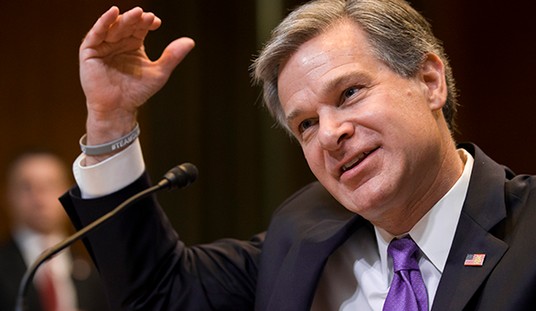If you’re in the New York City area and looking for a new job, there is one opportunity you might want to check out, particularly if you’re seeking a lower-stress environment. You’ll have plenty of free time to catch up on your reading or correspondence and, being a city government job, the pay and benefits are excellent. We’re talking about a position as an operator for the city’s involuntary hospitalization hotline, where people – particularly police officers – can call to report homeless people who may be experiencing mental health issues and seek guidance about what to do. And why is the job so low-stress? Because since it was established more than six months ago, not a single person has called. (Politico)
No one has called a 24/7 city hotline to help NYPD officers determine whether to force someone to undergo a psychiatric evaluation, a resource launched by Mayor Eric Adams’ administration as he sought to involuntarily hospitalize people unable to meet their basic needs.
NYC Health + Hospitals, which operates the hotline, disclosed the information to POLITICO Friday in response to a public records request for data on calls since it went live on Jan. 31.
Adams announced the hotline last November alongside the rollout of his controversial involuntary removals directive, touting it as a tool to guide police officers who encounter someone in crisis and are unsure whether it is appropriate to force the person to a hospital.
When Adams first announced this plan last November, I was compelled to at least give him credit for trying. The homelessness problem in Gotham remains wildly out of control and it contributes to a variety of other socio-economic challenges facing the city. Many of the homeless are indeed mentally ill while many other others are experiencing drug dependency issues. (Sometimes both, sadly.)
Going back to a policy of allowing the police to take someone to a care facility over their objections may be legally problematic, but it’s at least worth a try. Every one of them that sticks around and receives help equates to one less person on the streets, and that’s not a bad thing. But the reality seems to be that you still can’t help people who aren’t ready to be helped. The mentally ill who are not open to help will check themselves out as soon as they legally can. Drug addicts who are not looking for treatment won’t get clean. And some clever lawyers will almost certainly try to find a way to sue the city for improper detention.
One question I have is how none of the NYPD officers out on patrol have used the hotline. I can understand civilians not wanting to get involved with a person who may turn violent, but the police would have additional legal cover if they had someone involuntarily admitted for care if they consulted with a professional first.
And have they actually been committing people in this fashion? We’re frequently told that it’s happened, but there has been scant coverage in the news if they have. Let’s keep in mind that when the policy was first announced last year, the Police union said they had been “blindsided” by the policy. They thought the Mayor was creating an even bigger “mess” for the NYPD and that a lot of their officers might wind up in legal jeopardy as a result. It’s possible that they’ve been avoiding the issue by simply not forcibly taking the homeless to hospitals, leading to the lack of calls to the hotline.
Unfortunately, the Mayor is really shoveling against the tide here. There are too many homeless people and not enough housing of any kind to offer them all shelter. Sanctuary city policies have only exacerbated that problem. Drug addicts who refuse to participate in recovery programs are unlikely to make it off the streets for very long. Public policies decriminalizing their behavior while offering open-air “safe injection locations” and free crack pipes and needles are doing the opposite of helping. And forcibly locking up the mentally ill for evaluation and treatment is probably the only way to reduce those numbers, but the amount of legal red tape standing in the way may make such a plan untenable. What used to be a nuisance in New York and other major cities is now a crisis of epidemic proportions. The time to start stemming the tide was more than a decade ago. Now, it’s likely too late and some of these cities will simply wind up failing.









Join the conversation as a VIP Member